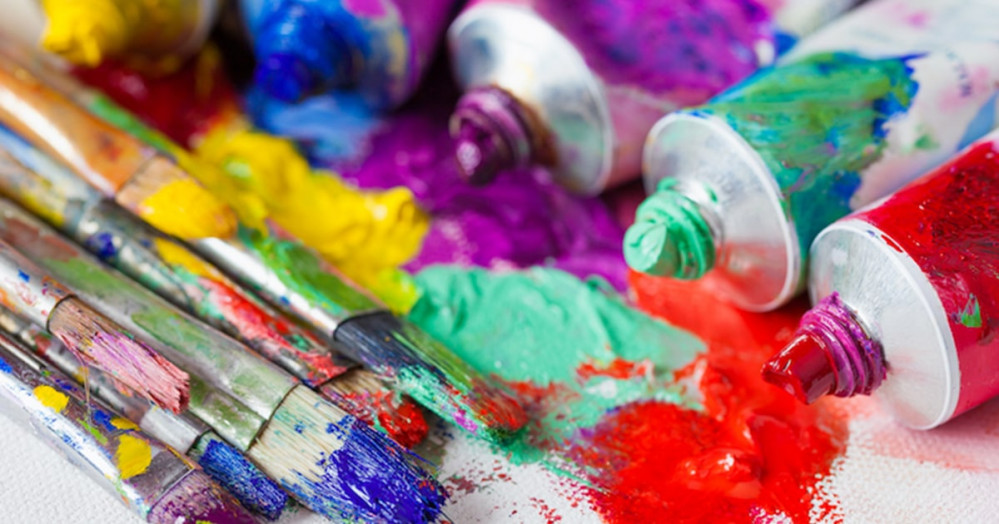
Painting models with oil paints
First attempt at using oils
To start, I’m going to try two large areas, the trousers and the shirt. The trousers will be red and the shirt white. I’m particularly interested in how I get on with the shirt as I generally find painting white difficult, so it will be interesting to see how easy this is with oil paints.
I also need to remember that blending oils is different with a different brush stroke. I’ll also need to keep remembering to remove the oil paint from the brush while blending.
Oh, and very importantly, do not lick the brush! I do lick my brush while painting to keep a point but when using oils and white spirit, this is not advisable….
First up, let’s get the palette ready. Red is hard to highlight, so I will try to focus on the shadows. I’ve therefore selected Vermillion Red, Scarlet Red and Cadmium Red. And Prussian Blue for the deeper shadows. I usually shade red with purple but Prussian blue is the closest of the oils in the set I have.
I’ve then mixed the colours together to create a palette to use
I aim to try to copy the video linked in an earlier post and place the lightest colour on the areas highest and then lines of the darker colour in the shadows. I can then use the intermediate colours to move from one to the other.
The below diagram shows where I planned to put the paint.
Blending was difficult. This was a new way to work the brush and I’m not sure that I got it right. I also used the synthetic brush for blending when perhaps the softer brush would have been better. Below are the results, although the red paint is very reflective and I’ve struggled to get a good picture. It does appear more shaded then these pictures suggest.
On to the white. The oil set that I bought comes with Titanium White and I also selected a Sky Blue and Black to mix up a grey and cold, blue tones. My palette is below.
The shirt is flatter and I found that this made blending easier than the folded cloth of the trousers. I used the same approach here with lines of colour put down, getting darker into the shadows before blending these together.
I found the consistency of the oil paint a little thick for this, so used some thinner to try to reduce this. I don’t think I took it far enough and some of the paint appears a little ‘lumpy’. Perhaps good for textured surfaces but we’ll see how this dries out. You can see the results below
So far, I’m happier with the white than the red. I can see the colour change from bright white to a grey and this looks more natural than I’ve managed with acrylic paints. I’m still not sure about the red.
I’ve also noticed that photographing this is a lot harder. The paint is wet and highly reflective, which isn’t easy but I probably need to look into better, probably more natural, lighting conditions to get some good pictures.
I now need to wait for this paint to dry before starting the next part. This will take several days and is the main downside of oil paints. While there are drying mediums that you can add to speed this up, I didn’t want to complicate things and will just wait for the paint to dry naturally.









































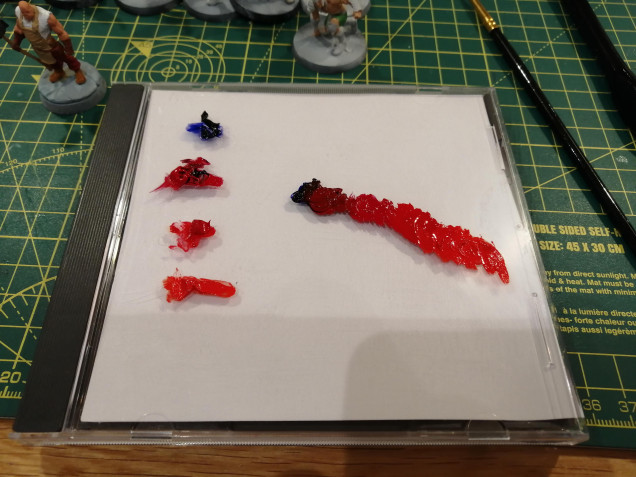
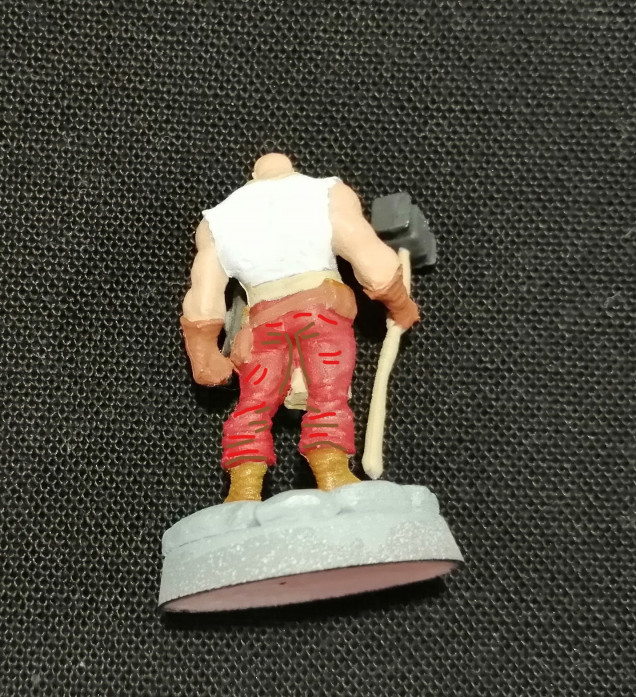

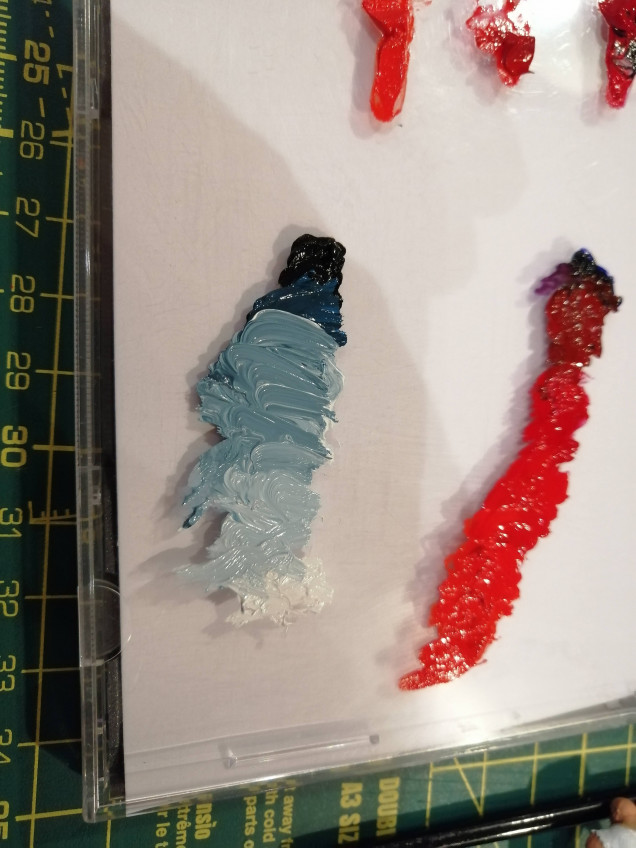
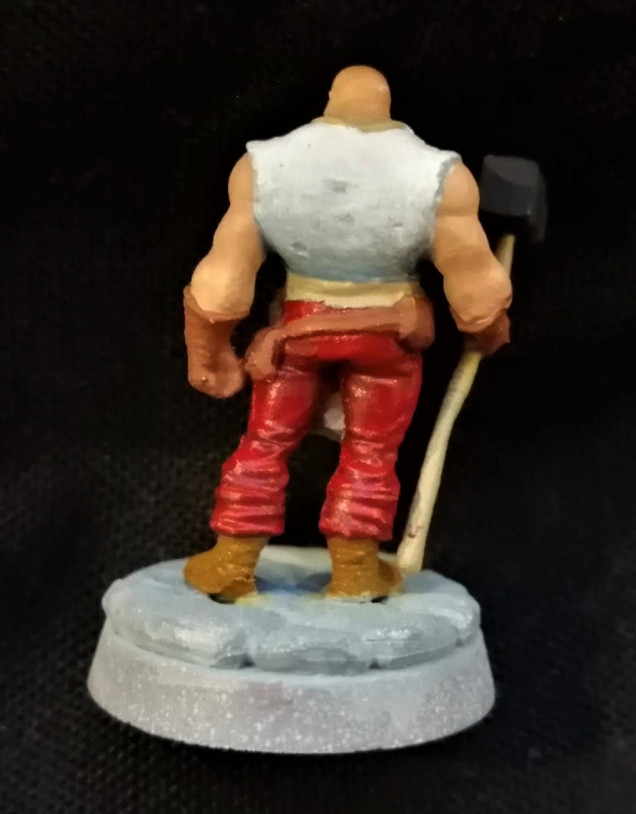

































Leave a Reply